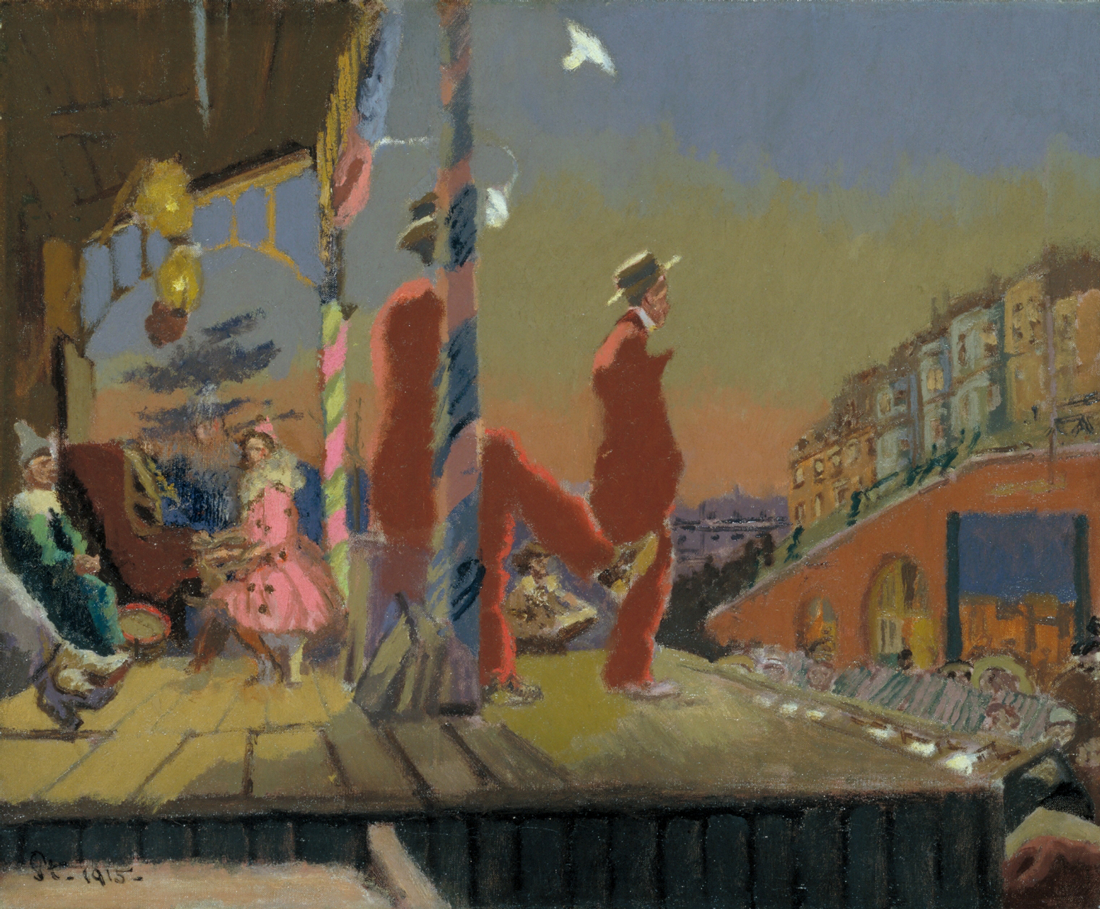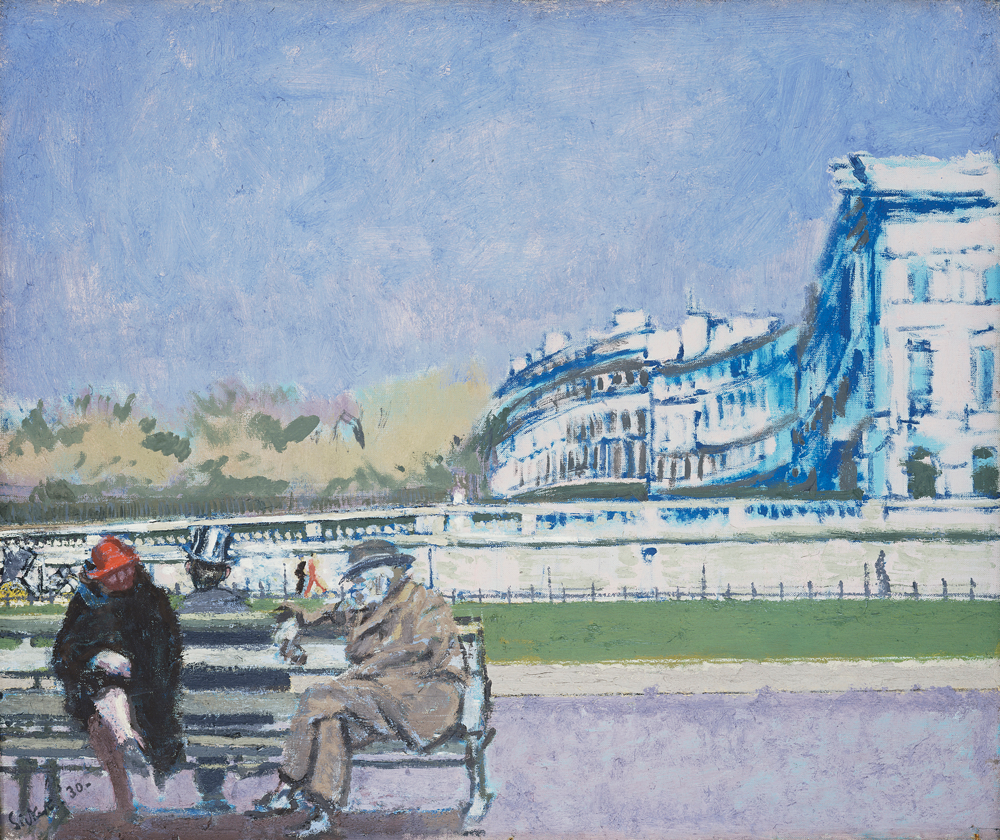
Tate Britain’s summer exhibition focuses on the controversial and influential British artist Walter Sickert (1860-1942) who bridged the influence of Paris and Post-Impressionist painting to Britain.
Sickert had studied at the Slade in 1881 under Whistler who had a great influence on him. In 1883 he found himself in Paris where he encountered Edgar Degas, Édouard Manet and Pierre Bonnard. The exhibition has works by Degas and Manet illustrating the affect they had on his work.
Sickert lived in and near Dieppe in the early 1900s. He returned to London in 1905 where he rented two studios. On Saturday afternoons he would keep his studio open to a group of artists which gave rise to the birth of the Fitzroy Street Group. As they were joined by a series of other artists their work came to be described as Camden Town painting. The paintings are often intimate in scale depicting the working class in humble scenes with figurative interiors including nudes as well as townscapes. These themes are readily apparent in the breadth of Sickert’s work. Sickert led the group with an unflinching exploration and depiction of his subjects. In different works throughout the show the artist captures despair, hardship and beauty.
In contrast to Whistler’s slightness of tone and form Sickert employed an increasingly contrasting palette which included deep opaque colours that lend a monumental character to his work. These qualities are apparent in Brighton Pierrots painted in 1915. It is highly original in its composition and use of warm, vivid colours. Unusually Sickert produced two versions of the picture. We view the scene from the side of the stage separated from the audience and the performers. This perspective lends an ambiguity to the painting – the fading daylight broken by the glare of the stage lights. The empty deck chairs allude to losses at the front during the Great War. The sense of the desolation of war pervades.

The Front at Hove was painted in 1930. Although lighter in palette and tone, the picture is also filled with metaphors which relate to age and decline. The aged figures chatting on a promenade bench are reflected and framed by the crumbling facades of the Regency townhouses in Adelaide Crescent, Hove.
Tate’s exhibition is as unflinching in its exploration of Walter Sickert and his work as the artist was in his exploration and depiction of the world he lived in. Walter Sickert at Tate Britain runs until 8th September. To book tickets and to find out more visit tate.org.uk.